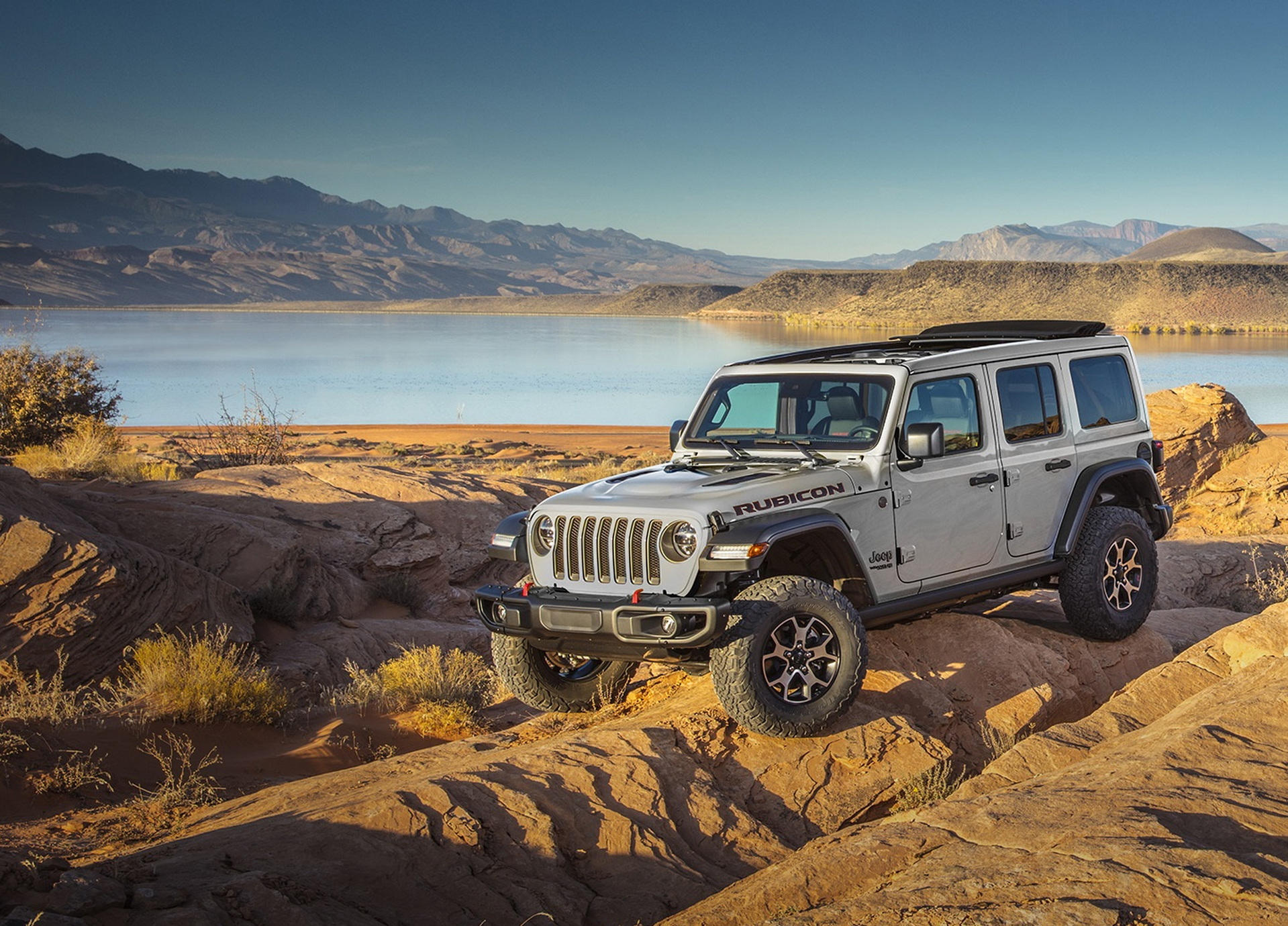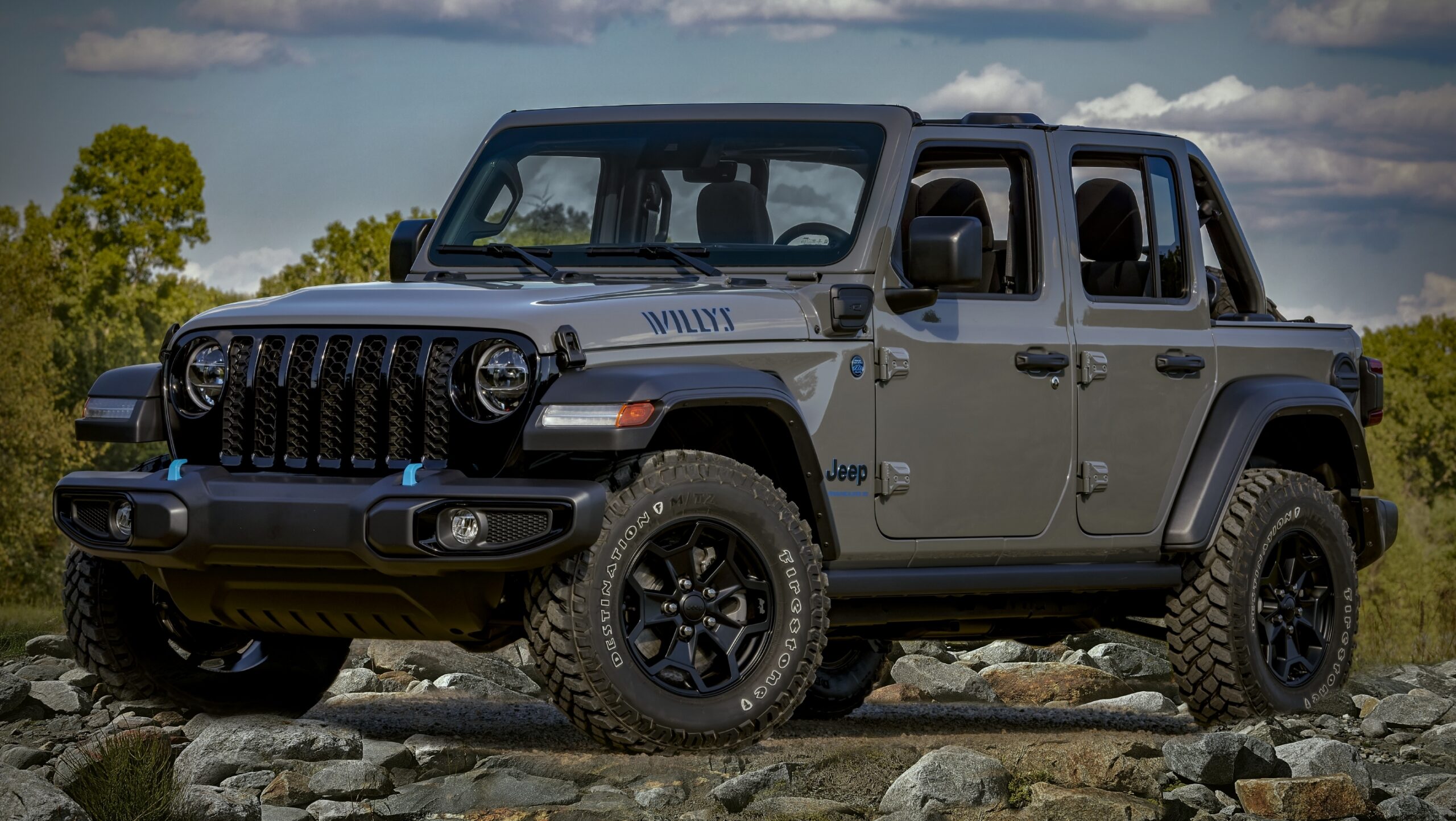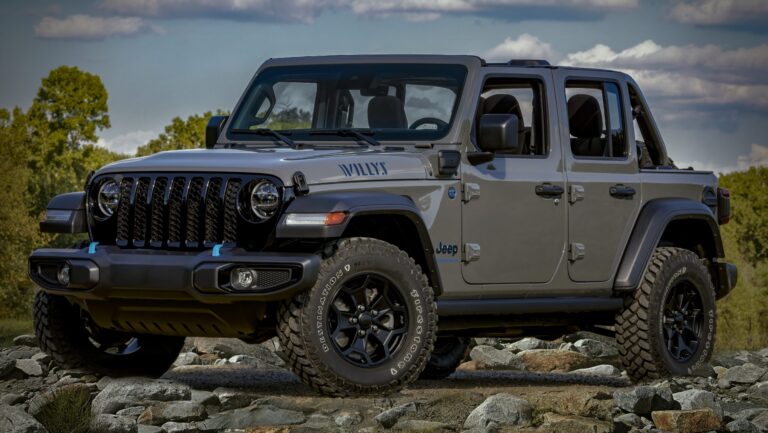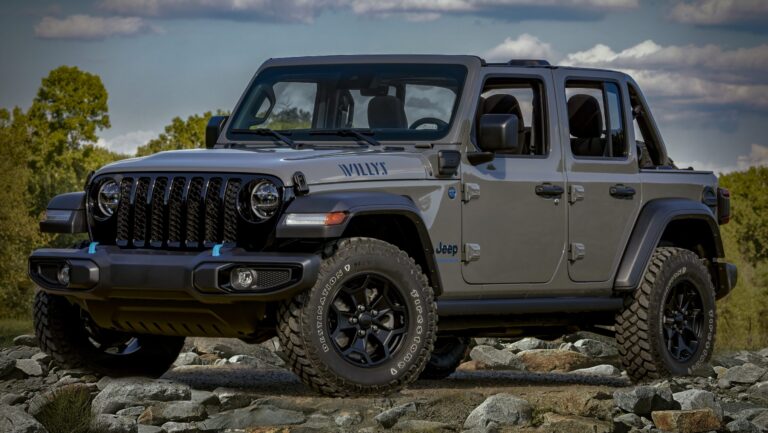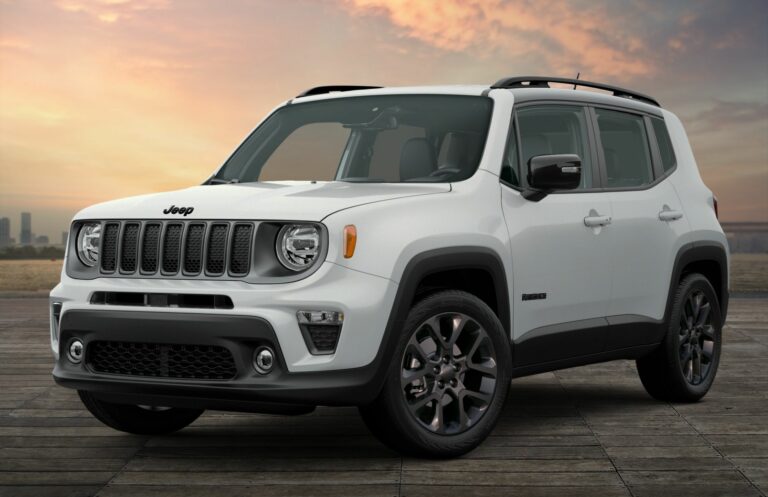Jeep Wrangler 2 Door 3 Inch Lift: A Comprehensive Guide to Elevating Your Off-Road Experience
Jeep Wrangler 2 Door 3 Inch Lift: A Comprehensive Guide to Elevating Your Off-Road Experience jeeps.truckstrend.com
The Jeep Wrangler, especially its nimble 2-door variant, is an icon of off-road capability and adventurous spirit. While immensely capable in stock form, many owners seek to further enhance its performance and aesthetics through modifications. Among the most popular and impactful upgrades is a 3-inch suspension lift. A 3-inch lift on a 2-door Jeep Wrangler strikes an excellent balance, providing significant gains in ground clearance and tire capacity without completely sacrificing daily drivability or requiring extensive, costly modifications. This comprehensive guide will delve into every aspect of the 3-inch lift, helping you understand its benefits, components, installation, and crucial considerations to transform your Wrangler into an even more formidable trail machine.
Why a 3-Inch Lift for Your 2-Door Wrangler? Benefits Explored
Jeep Wrangler 2 Door 3 Inch Lift: A Comprehensive Guide to Elevating Your Off-Road Experience
The decision to install a 3-inch lift is often driven by a desire for enhanced off-road prowess and a more aggressive stance. Here’s why it’s a popular choice:
- Increased Ground Clearance: This is arguably the primary benefit. A 3-inch lift significantly raises the vehicle’s undercarriage, reducing the risk of scraping critical components (like differential pumpkins, transfer cases, and skid plates) on rocks, roots, and uneven terrain. This translates to greater confidence and fewer hang-ups on challenging trails.
- Ability to Fit Larger Tires: One of the most common reasons for a lift is to accommodate bigger tires. A 3-inch lift typically allows a 2-door Wrangler to comfortably fit 33-inch tires, and in many cases, 35-inch tires with proper fender clearance and bump stop extension. Larger tires not only improve traction and flotation but also provide additional ground clearance under the axles.
- Improved Approach, Departure, and Breakover Angles: By lifting the body, the angles at which your Wrangler can approach an obstacle, clear its peak, and descend without scraping are all improved. This is critical for navigating steep climbs, rock gardens, and deep ruts.
- Enhanced Aesthetics: Let’s be honest, a lifted Wrangler just looks better. It gives the vehicle a more rugged, purposeful, and commanding presence, making it stand out from stock models.
- Better Articulation (with Proper Components): A well-designed 3-inch lift kit replaces stock springs and shocks with longer, performance-tuned alternatives. This allows the suspension to flex more freely, keeping tires in contact with uneven terrain for improved traction and stability.
![]()
Components of a 3-Inch Lift Kit
A quality 3-inch lift kit is more than just taller springs. It’s a carefully engineered system designed to maintain optimal geometry and performance. Here are the common components you’ll find:
- Coil Springs: These are the heart of the lift, providing the actual height increase. They are typically stiffer and longer than stock springs, designed to handle the added weight of accessories and offer improved ride quality.
- Shocks: Longer shocks are essential to match the increased travel provided by the new coil springs. They are specifically valved to control the spring’s movement, dampening oscillations for a more controlled and comfortable ride both on and off-road.
- Sway Bar Links: Extended sway bar links are necessary to maintain the correct angle of the sway bar after the lift. This ensures the sway bar can still function effectively to control body roll while allowing proper articulation when disconnected for off-road use.
- Bump Stop Extensions: These prevent the tires from rubbing against the fenders or other components at full compression (when the suspension is fully "squished"). They ensure proper clearance, especially when running larger tires.
- Brake Line Extensions or Drop Brackets: Lifting the vehicle can put strain on the stock brake lines, potentially leading to damage or even failure at full suspension droop. Extensions or relocation brackets ensure the lines have enough slack.
- Track Bar Brackets (or Adjustable Track Bars): Lifting a solid axle vehicle shifts the axle sideways. Track bar brackets or adjustable track bars are used to re-center the axles under the vehicle, which is crucial for proper handling and steering.
- Control Arms (Optional but Recommended): While some basic kits omit them, adjustable front lower (and sometimes upper) control arms are highly recommended. They allow you to correct the caster angle, which is critical for steering stability and preventing "death wobble" after a lift.
- Driveshaft (Potential Need for JK Models): For JK Wranglers, especially those with automatic transmissions, a 3-inch lift can sometimes cause the front driveshaft to rub against the transmission pan or exhaust crossover. An aftermarket driveshaft (e.g., a 1310 double cardan) may be necessary to prevent this, particularly with significant articulation.
- Exhaust Spacer (JK/JL): Some kits include exhaust spacers to prevent the front driveshaft from contacting the exhaust at full droop, primarily on JK models.
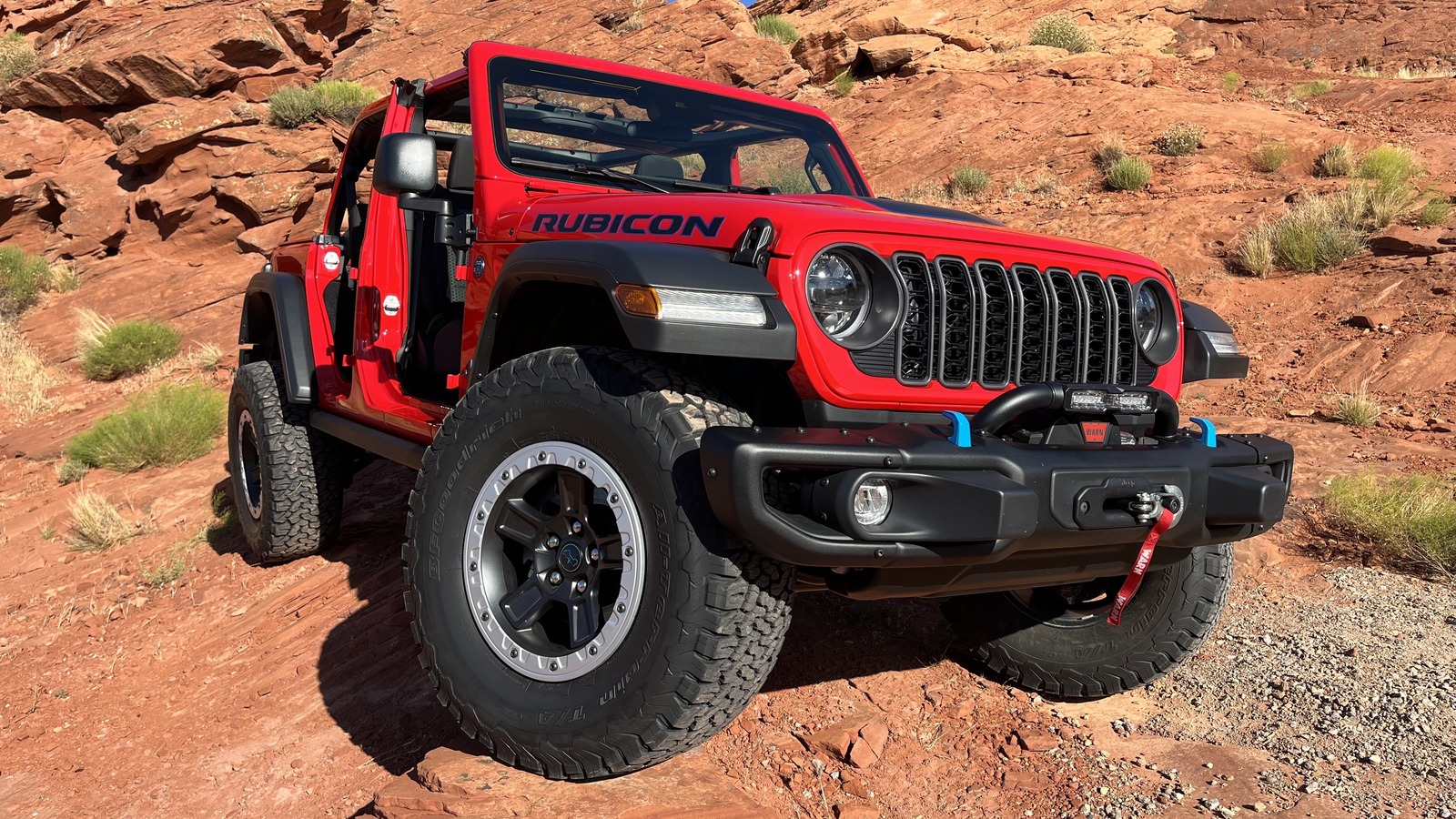
Choosing the Right 3-Inch Lift Kit: Types and Considerations
Selecting the right 3-inch lift involves understanding different kit types and matching them to your needs and budget.
- Coil Spring Lifts: These are the most common and effective type for a 3-inch increase. They replace your stock coil springs with longer, often stiffer, aftermarket springs.
- Basic Coil Lifts: Typically include springs, shocks, and basic necessary components like sway bar links and bump stops. Good for moderate off-roading and a budget-conscious approach.
- Comprehensive Coil Lifts: These kits add adjustable control arms, adjustable track bars, and sometimes a new driveshaft (or provisions for one). They offer superior geometry correction, better articulation, and a more refined ride, but at a higher cost.
- Progressive vs. Linear Rate Springs:
- Linear Rate: Springs have a consistent spring rate throughout their compression. They offer predictable handling but can feel stiff.
- Progressive Rate: Springs have a varying spring rate, starting softer for comfort and becoming stiffer as they compress to handle larger bumps and loads. They often provide a better ride quality.
- Shock Absorbers: The choice of shocks significantly impacts ride quality and performance.
- Twin-Tube: Generally more affordable, good for daily driving and light off-roading.
- Monotube: Better heat dissipation, more consistent performance during aggressive use, and often provide a firmer, more controlled ride. Brands like Bilstein, Fox, and King are popular for performance.
- Adjustable Shocks: Some shocks allow you to tune their damping characteristics for different terrain or loads.
- Brand Reputation: Stick with reputable manufacturers like TeraFlex, Old Man Emu (OME), AEV, Rock Krawler, MetalCloak, Rough Country, Rancho, and Skyjacker. Research reviews and forums.
- Intended Use: Are you primarily a daily driver who occasionally hits easy trails, or do you plan aggressive rock crawling? Your use case will dictate how robust and comprehensive your kit needs to be.
The Installation Process: What to Expect
Installing a 3-inch lift can be a significant DIY project, but it’s also commonly done by professional shops.
- DIY vs. Professional Installation:
- DIY: Can save money on labor, provides a deeper understanding of your vehicle, but requires proper tools (jack, jack stands, torque wrench, various wrenches/sockets, possibly spring compressors), mechanical aptitude, and safety precautions. Expect it to take a full day or two for a first-timer.
- Professional: Ensures correct installation, proper torqueing, and alignment. More expensive but guarantees a safer, more reliable outcome, especially if you’re uncomfortable with complex automotive work.
- Key Steps (Simplified):
- Safely lift the vehicle and secure it on jack stands.
- Remove wheels and tires.
- Disconnect sway bar links, shocks, brake lines (or unbolt their mounting points), and possibly control arms.
- Carefully lower the axle to relieve tension on the springs and remove old springs.
- Install new springs, shocks, and all other kit components.
- Re-connect all components, ensuring proper torque on all fasteners.
- Repeat for both front and rear axles.
- Lower the vehicle, check all clearances, and double-check all bolts.
- Crucially, get a professional alignment immediately after installation.
Important Considerations After a 3-Inch Lift
Installing a lift is just one part of the equation. Several other factors come into play:
- Tire Size Selection: While a 3-inch lift can fit 33-inch tires with ease, running 35-inch tires on a 2-door JK/JL with a 3-inch lift often requires flat fenders or high-clearance fenders, and precise bump stop tuning to prevent rubbing at full articulation.
- Gearing: Larger tires effectively change your axle ratio, making your engine work harder and decreasing acceleration and fuel economy. For 35-inch tires, especially with a 2-door (lighter) Wrangler, re-gearing to a lower ratio (e.g., 4.56 or 4.88 for a JK, 4.88 or 5.13 for a JL) is highly recommended for optimal performance, especially if you have an automatic transmission or live in an area with hills.
- Driveshafts: As mentioned, JK models (especially automatics) may experience front driveshaft issues at 3 inches of lift. Look for signs of rubbing or vibrations. JL models are generally less prone to this at 3 inches.
- Steering Geometry: Caster angle correction is vital for good steering feel and preventing "death wobble." Adjustable control arms are the best way to achieve this.
- Braking Performance: Larger, heavier tires increase rotational mass, which can negatively impact braking performance. Consider upgrading brake components (pads, rotors, or even a big brake kit) if you go with very heavy 35s.
- Ride Quality: While a good lift kit can improve ride quality over stock, it will feel different. Stiffer springs and performance shocks might make the ride firmer, especially on pavement.
- Legality: Check your local and state laws regarding vehicle lift heights. Some areas have restrictions.
- Warranty: Modifying your suspension can potentially affect your vehicle’s factory warranty, particularly for components directly impacted by the lift. Consult your dealer.
Maintaining Your Lifted Wrangler
Proper maintenance is key to enjoying your lifted Wrangler for years to come:
- Regular Inspections: Periodically check all suspension components for wear, damage, or loose bolts.
- Greasing: If your control arms or other components have grease zerks, grease them regularly (e.g., during oil changes).
- Torque Checks: Re-torque all suspension bolts after the first 500 miles, and then periodically (e.g., every 5,000-10,000 miles), especially after hard off-roading.
- Alignment: Get your alignment checked annually or after any significant off-road excursion.
- Tire Rotation and Balancing: Essential for even tire wear and smooth driving.
Practical Advice and Actionable Insights
- Do Your Research: Don’t just buy the cheapest kit. Read reviews, watch installation videos, and ask questions on forums.
- Budget Wisely: The lift kit is often just the beginning. Factor in the cost of larger tires, potential re-gearing, and professional installation/alignment if you’re not DIY.
- Prioritize Quality: Suspension components are critical for safety and performance. Invest in reputable brands and well-engineered parts.
- Consider Your End Goal: Are you building a daily driver or a dedicated trail rig? This will influence the completeness and robustness of the kit you need.
- Find a Reputable Installer: If you’re not doing it yourself, choose a shop with experience specifically in Jeep modifications.
Jeep Wrangler 2 Door 3 Inch Lift: Estimated Price Guide
Prices can vary significantly based on brand, kit completeness, and market fluctuations. These are estimated ranges for a 3-inch lift kit only, excluding installation, tires, or re-gearing.
| Kit Type/Description | Key Components | Estimated Price Range (USD) | Notes/Typical Features
